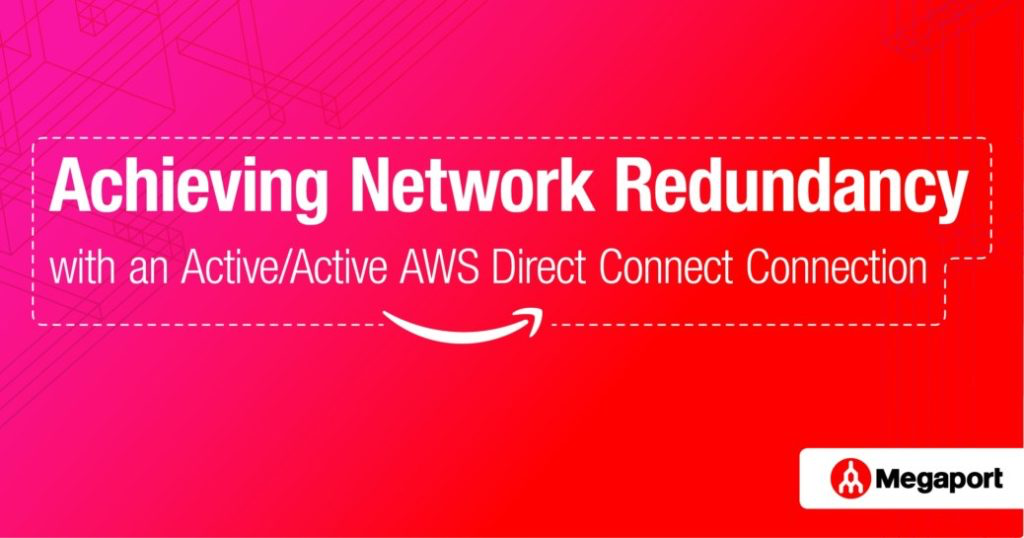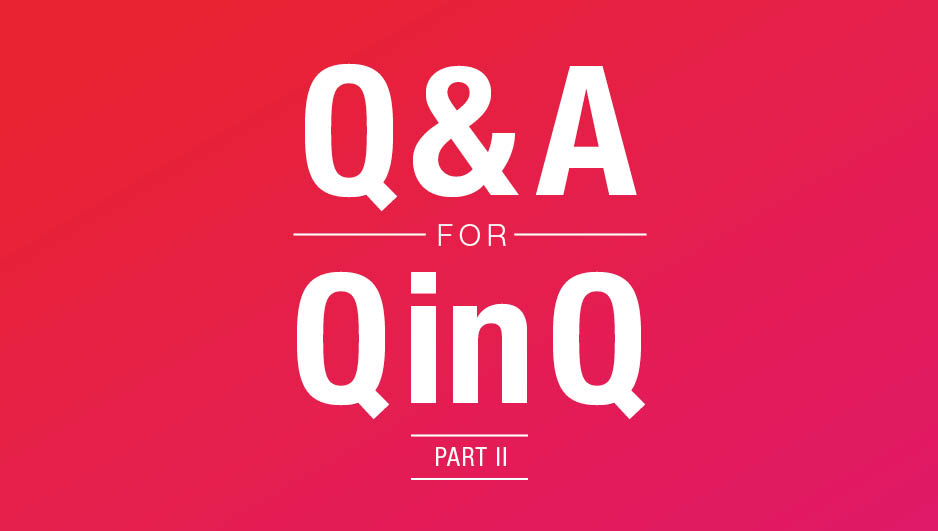
Understanding Private Connectivity Costs for AWS, Microsoft Azure, and Google Cloud
- Cloud
- October 13, 2020
Comparing the cost components to privately connect to these major cloud service providers.
Deciphering the costs for cloud services can be a daunting task, and connectivity is one component that is frequently not given the attention it deserves. Megaport customers have simple and scalable costs for private, on-demand connectivity to Amazon Web Services (AWS), Microsoft Azure, and Google Cloud Platform (GCP). In addition to these costs, you will have connectivity-associated costs charged directly by the cloud providers. Those costs will be based on the specific pricing models and options for the solution that you’re implementing.
What follows is a high level overview of those charges, along with links to the cloud providers for more detailed information. Please note that you should always verify pricing using the various cloud provider website links provided and work with your cloud provider representative to fully understand the pricing for your particular solution.
Dedicated Circuit Costs
One option that’s consistent for all the cloud providers is dedicated circuits. You can connect directly to a single cloud provider, but there are differences in how you’re allowed to connect. For AWS, you can implement a 1 Gbps or 10 Gbps port and will be charged based on an hourly rate. For Google, you can implement a 10 Gbps or 100 Gbps port, and are billed based on a monthly rate. For Azure, you must implement a pair of either 10 Gbps ports or 100 Gbps ports and are billed based on a monthly rate. This requirement for a pair of ports makes the dedicated circuit option with Azure a comparatively more expensive solution versus the other two providers.
Partner Model Costs
Each of the providers also offers a partner connectivity model. These are the models used most by Megaport customers, and allow you to connect to any or all of the providers on the Megaport platform from a single port or MCR. With these models, each of the providers charge based on the bandwidth implemented. Bandwidth options start at 50 Mbps and move up to 10 Gbps in tiers (specifically 50M, 100M, 200M, 300M, 400M, 500M, 1G, 2G, 5G, and 10G). One cost difference between the providers on the partner models is that Azure allows you to implement both private and public (i.e. Microsoft) peering on the same connection. For AWS and Google, you need to implement separate connections for each peering type. The Azure model would save you some money for bandwidth charges relative to AWS and Google.
Another distinction of the partner models is that AWS has two connectivity options, which are Hosted VIF and Hosted Connect. Both models are available on the Megaport platform with the main functionality difference between the models being that Hosted Connect supports Transit Gateway (TGW). From a cost perspective, Megaport absorbs the port fee on the Hosted VIF model, so if a customer does not require TGW functionality, they can attain significant savings.
Egress Costs
Egress charges are another charged component that is consistent amongst the providers. Each of these providers allow you to put as much data into their infrastructure as you want, but charge you per GB of data when you take it out of the infrastructure. Azure does have the option to use an unlimited plan that provides a single price for unlimited data transfer out of the infrastructure. This would provide significant savings for those who egress large amounts of data on a regular basis. Azure also has a local option, whereby if you are egressing traffic from a region with an Azure peering location within the same metropolitan area, then there are no egress charges whatsoever. This can add up to significant cost savings over the unlimited egress cost model. You can refer to the following Megaport blog post for more information: Avoid Cloud Bill Shock with Azure ExpressRoute Local and Megaport .
With all of these cloud providers, you will benefit from significantly reduced egress charges when using the private connections of Direct Connect, ExpressRoute, and Partner Interconnect versus connections over an internet VPN. The providers have offered this pricing reduction as an incentive to customers to use the private connections.
Option Costs
In addition to the above, Azure also has various functionality available as options when setting up the ExpressRoute. Each of these options has an associated charge based on the functionality. Global Reach Add-on allows you to use your ExpressRoute circuits to connect together your on-premises locations. This is an alternative to using traditional carrier circuits to accomplish connectivity between locations. Premium SKUs allow you to connect to regions globally. For example, you could use a peering location in Washington and connect to your VNet in a European region. It also increases the number of routes allowed from 4,000 to 10,000 and increases the number of VNets you can connect to.
Pricing Details
Pricing for all of the components discussed here can be found in the following links:
We invite you to reach out to us with any questions about your cloud journey, the challenges you are facing, and how we can help.


